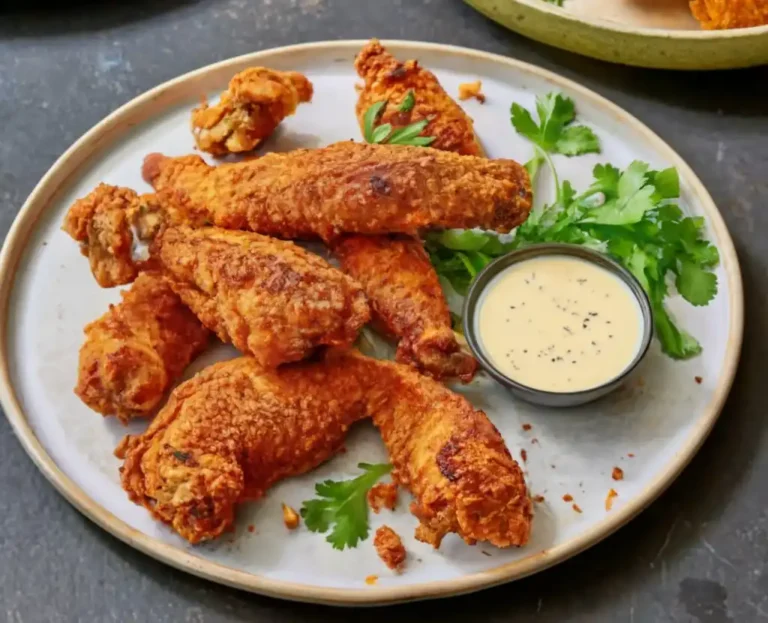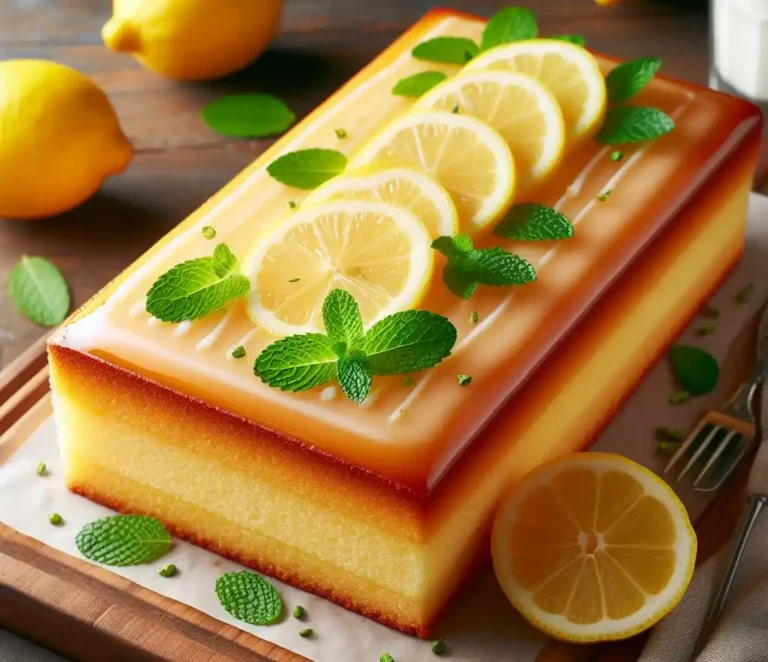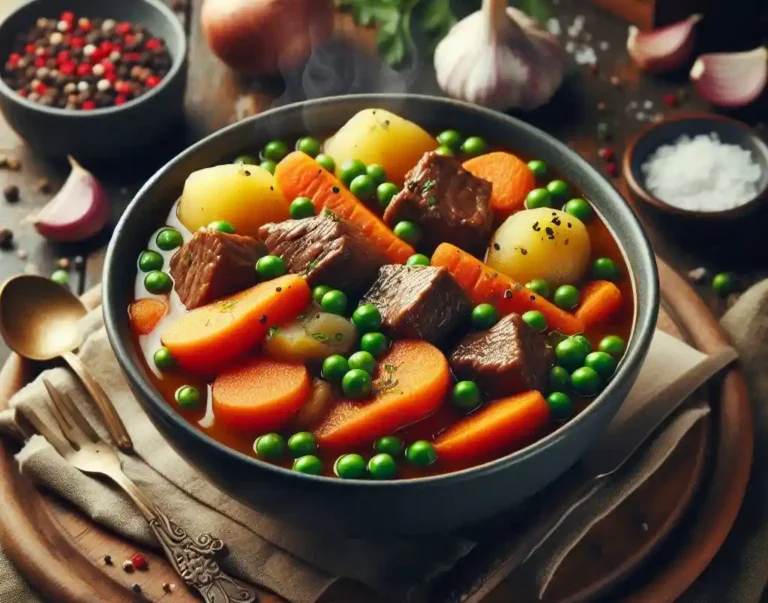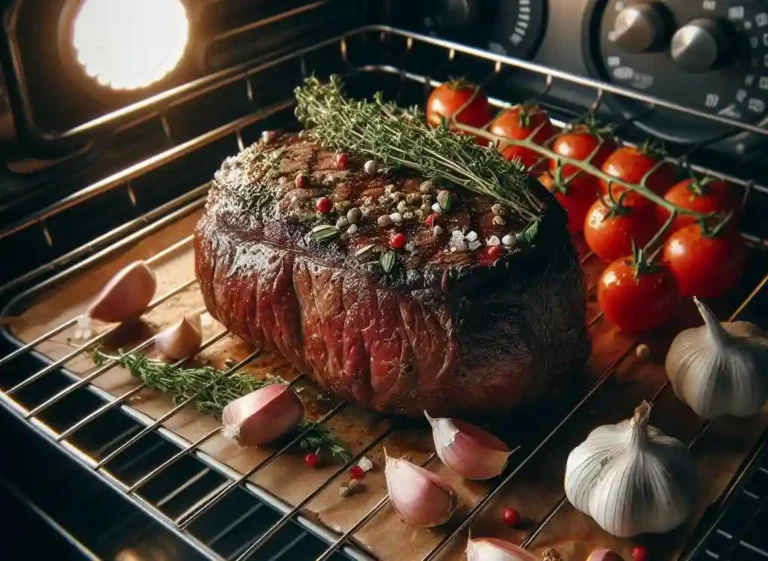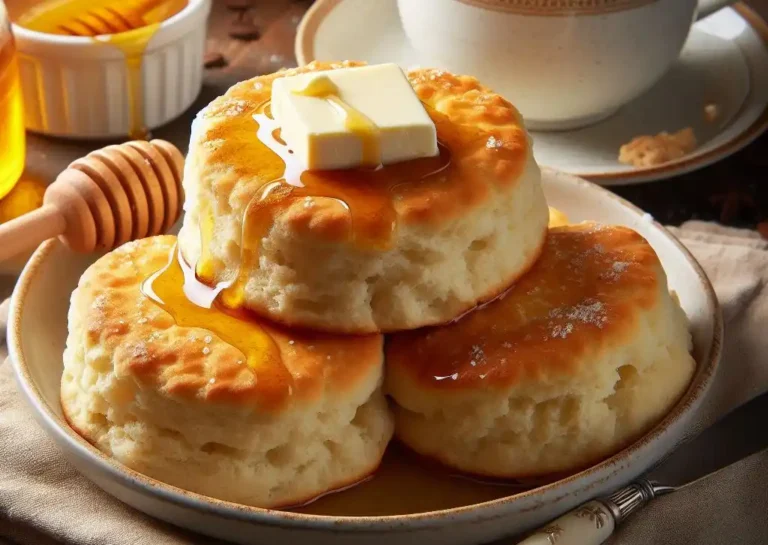How to Cook a Steak in a Cast Iron Skillet with Butter? – Sizzling Perfection
Cooking a steak in a cast iron skillet with butter is an art form that yields a culinary masterpiece. With a tender, juicy interior and a crispy, caramelized crust, it’s no wonder this dish is a crowd-pleaser.
The good news is that you don’t need a fancy grill or professional chef’s expertise to achieve this level of perfection.
With a few simple ingredients and basic cooking skills, you can create a steakhouse-quality meal in the comfort of your own kitchen.
How to Cook a Steak in a Cast Iron Skillet with Butter? – A Quick Overview

- Choose the right steak: Opt for a thick, high-quality steak (1.5-2 inches thick) such as a ribeye, strip loin, or filet mignon.
- Preheat the skillet: Heat a cast iron skillet over high heat for 5-7 minutes, or until it reaches 450°F (232°C).
- Season the steak: Rub the steak with salt, pepper, and any other desired seasonings.
- Add butter and steak: Add 1-2 tablespoons of unsalted butter to the preheated skillet, then carefully place the steak in the skillet.
- Sear the steak: Cook for 3-4 minutes per side, or until a nice crust forms.
- Finish cooking: Reduce heat to medium-low and continue cooking to your desired level of doneness (use a meat thermometer to check internal temperature).
- Let it rest: Remove the steak from the skillet and let it rest for 5-10 minutes before slicing and serving.
Choosing the Perfect Cut of Steak for Your Cast Iron Skillet

- Ribeye: A rich, tender cut with a lot of marbling (fat content), which makes it juicy and flavorful.
- Strip Loin: A leaner cut with a good balance of tenderness and flavor, making it a great option for those who prefer a slightly leaner steak.
- Filet Mignon: A tender and lean cut from the small end of the tenderloin, known for its buttery texture and mild flavor.
- New York Strip: A cut from the middle of the sirloin, known for its rich flavor and firm texture.
- T-bone: A cut that includes both the sirloin and the tenderloin, offering the best of both worlds.
- Thickness: Opt for steaks that are at least 1.5 inches thick to ensure even cooking.
- Marbling: A moderate amount of marbling (fat content) can add flavor and tenderness to your steak.
- Color: Choose steaks with a rich, red color, as they tend to be more tender and flavorful.
- Grass-fed or grain-fed: Consider the type of feed used to raise the cattle, as it can affect the flavor and nutritional profile of the steak.
Preheating Your Cast Iron Skillet: The Key to a Perfect Sear

Why Preheat?
- A hot skillet helps to create a flavorful crust on your steak
- It ensures even cooking and prevents the steak from sticking to the skillet
- A preheated skillet helps to lock in juices and flavors
How to Preheat:
- High heat: Place your cast iron skillet over high heat on your stovetop or in your oven.
- 5-7 minutes: Heat the skillet for 5-7 minutes, or until it reaches a temperature of 450°F (232°C).
- Smoke test: Perform a smoke test by flicking a few drops of water onto the skillet. If they sizzle and evaporate quickly, the skillet is ready.
Tips for Preheating:
- Use a thermometer: Invest in an infrared thermometer to ensure your skillet has reached the optimal temperature.
- Don’t rush it: Be patient and let the skillet heat up slowly to prevent hotspots.
- Clean skillet: Make sure your skillet is clean and dry before preheating to prevent any food residue from burning.
Seasoning Your Steak: Tips and Tricks for Maximum Flavor

The Basics:
- Salt: Use a high-quality salt, such as kosher or sea salt, to enhance the natural flavor of the steak.
- Pepper: Freshly ground black pepper is a classic seasoning that pairs well with steak.
Beyond the Basics:
- Garlic and herbs: Mix minced garlic with chopped fresh herbs like thyme, rosemary, or parsley for added flavor.
- Spice blends: Try using pre-mixed spice blends like paprika, chili powder, or steak seasoning for added depth.
- Acidic ingredients: Add a squeeze of fresh lemon juice or a splash of vinegar to balance out the richness of the steak.
When to Season:
- Before cooking: Season the steak just before cooking to ensure the seasonings don’t get lost during cooking.
- Let it sit: Let the steak sit at room temperature for 30 minutes to 1 hour before cooking to allow the seasonings to penetrate the meat.
Tips and Tricks:
- Don’t overdo it: Use a light hand when seasoning to avoid overpowering the natural flavor of the steak.
- Experiment with flavors: Try different seasoning combinations to find your favorite flavor profiles.
- Let the steak speak: Don’t over-season the steak – let its natural flavors shine through.
Adding Butter to Your Cast Iron Skillet: When and How Much

When to Add Butter:
- After preheating: Add butter to the skillet after it’s been preheated to the desired temperature.
- Before adding steak: Add butter to the skillet before adding the steak to prevent the steak from sticking.
How Much Butter to Add:
- 1-2 tablespoons: Add 1-2 tablespoons of unsalted butter to the skillet, depending on the size of your steak.
- Softened butter: Use softened butter for easier melting and a more even distribution of flavor.
Tips for Adding Butter:
- Use high-quality butter: Choose a high-quality, unsalted butter for the best flavor.
- Don’t overdo it: Too much butter can make the steak greasy and overpowering.
- Mix it up: Try adding different flavorings to your butter, such as garlic, herbs, or spices, for added depth of flavor.
Benefits of Adding Butter:
- Rich flavor: Butter adds a rich, creamy flavor to the steak.
- Tenderization: Butter can help tenderize the steak and make it more juicy.
- Browning: Butter can help create a golden-brown crust on the steak.
Cooking Your Steak to Perfection in a Cast Iron Skillet

Step 1: Sear the Steak
- High heat: Cook the steak over high heat (around 450°F/232°C) for 3-4 minutes per side, or until a nice crust forms.
- Don’t press down: Resist the temptation to press down on the steak with your spatula, as this can squeeze out juices and prevent even cooking.
Step 2: Finish Cooking the Steak
- Reduce heat: Reduce the heat to medium-low (around 300°F/149°C) and continue cooking the steak to your desired level of doneness.
- Use a thermometer: Use a thermometer to check the internal temperature of the steak, which should be:
- 130°F (54°C) for medium-rare
- 140°F (60°C) for medium
- 150°F (66°C) for medium-well
- 160°F (71°C) for well-done
Tips for Cooking the Perfect Steak:
- Don’t overcrowd: Cook steaks one at a time to ensure even cooking and to prevent steaks from sticking together.
- Don’t flip too often: Flip the steak only when necessary to prevent breaking the crust and to ensure even cooking.
- Let it rest: Let the steak rest for 5-10 minutes before slicing and serving to allow the juices to redistribute.
Finishing Touches: Cooking Your Steak to Your Desired Level of Doneness

Cooking to Desired Doneness:
- Use a thermometer: Use a thermometer to check the internal temperature of the steak, which should be:
- 130°F (54°C) for medium-rare
- 140°F (60°C) for medium
- 150°F (66°C) for medium-well
- 160°F (71°C) for well-done
- Check the color: Check the color of the steak to determine its doneness. A medium-rare steak will be pink in the center, while a well-done steak will be fully cooked and brown throughout.
Tips for Achieving Desired Doneness:
- Don’t overcook: Don’t overcook the steak, as this can make it tough and dry.
- Use the finger test: Use the finger test to check the doneness of the steak. Touch the steak with the pads of your fingers to determine its doneness.
- Let it rest: Let the steak rest for 5-10 minutes before slicing and serving to allow the juices to redistribute.
Common Doneness Levels:
- Rare: 130°F (54°C) – 135°F (57°C)
- Medium-rare: 135°F (57°C) – 140°F (60°C)
- Medium: 140°F (60°C) – 145°F (63°C)
- Medium-well: 145°F (63°C) – 150°F (66°C)
- Well-done: 150°F (66°C) – 155°F (68°C)
The Importance of Letting Your Steak Rest Before Serving

Why Resting is Important:
- Redistribution of Juices: When you cook a steak, the juices inside the meat are pushed to the surface. Letting the steak rest allows the juices to redistribute throughout the meat, making it more tender and flavorful.
- Relaxation of Muscle Fibers: When meat is cooked, the muscle fibers contract and tighten up. Letting the steak rest allows the fibers to relax, making the meat more tender and easier to chew.
- Improved Texture: Letting the steak rest helps to improve the texture of the meat, making it more tender and less chewy.
- Better Flavor: Letting the steak rest allows the flavors to meld together and intensify, making the meat more flavorful.
How to Let Your Steak Rest:
- Let it sit: Once the steak is cooked to your liking, remove it from the heat and let it sit for 5-10 minutes.
- Loose foil: Cover the steak with loose foil to keep it warm and prevent it from drying out.
- Don’t slice yet: Resist the temptation to slice into the steak immediately. Let it rest for the full 5-10 minutes to allow the juices to redistribute.
Tips for Letting Your Steak Rest:
- Use a meat thermometer: Use a meat thermometer to ensure the steak has reached a safe internal temperature before letting it rest.
- Don’t press down: Resist the temptation to press down on the steak with your spatula or tongs, as this can squeeze out juices and make the meat tough.
- Let it rest in a warm place: Let the steak rest in a warm place, such as the oven or a warm plate, to keep it warm and cozy.
Plating and Serving: Tips for a Restaurant-Quality Steak Dinner at Home

Plating Tips:
- Use a warm plate: Use a warm plate to keep the steak warm and prevent it from cooling down too quickly.
- Add a bed of greens: Add a bed of greens, such as arugula or spinach, to add color and freshness to the dish.
- Add a sauce or topping: Add a sauce or topping, such as a Béarnaise or peppercorn sauce, to add flavor and visual appeal.
- Garnish with fresh herbs: Garnish with fresh herbs, such as parsley or thyme, to add a pop of color and freshness.
Serving Tips:
- Serve immediately: Serve the steak immediately after plating to ensure it stays warm and juicy.
- Use a sharp knife: Use a sharp knife to slice the steak, and slice it against the grain for maximum tenderness.
- Add a side dish: Add a side dish, such as roasted vegetables or garlic mashed potatoes, to round out the meal.
- Garnish with a flourish: Garnish with a flourish, such as a sprinkle of paprika or a dollop of sour cream, to add a touch of elegance to the dish.
Tips for a Restaurant-Quality Presentation:
- Pay attention to portion control: Pay attention to portion control to ensure each plate is balanced and visually appealing.
- Use a variety of colors: Use a variety of colors, such as green, red, and yellow, to add visual appeal to the dish.
- Add a pop of texture: Add a pop of texture, such as crispy onions or toasted breadcrumbs, to add depth and interest to the dish.
- Garnish with a statement piece: Garnish with a statement piece, such as a slice of seared foie gras or a sprinkle of truffles, to add a touch of luxury to the dish.
FAQs
Q: What type of steak is best for cooking in a cast iron skillet?
A: Ribeye, strip loin, and filet mignon are all great options for cooking in a cast iron skillet.
Q: How hot should my cast iron skillet be before adding the steak?
A: Your cast iron skillet should be heated to around 450°F (232°C) before adding the steak.
Q: How long should I cook my steak in a cast iron skillet?
A: The cooking time will depend on the thickness of the steak and your desired level of doneness. Use a thermometer to ensure the steak reaches a safe internal temperature.
Q: Should I use oil or butter in my cast iron skillet when cooking steak?
A: Both oil and butter can be used, but butter is often preferred for its rich, caramelized flavor.
Q: How do I prevent my steak from sticking to the cast iron skillet?
A: Make sure the skillet is hot before adding the steak, and use a small amount of oil or butter to prevent sticking.
Q: Can I cook steak in a cast iron skillet in the oven?
A: Yes, you can cook steak in a cast iron skillet in the oven. This method is often referred to as “oven-finishing” and can help cook the steak to your desired level of doneness.
Q: How do I clean my cast iron skillet after cooking steak?
A: Avoid using harsh chemicals or abrasive cleaners, as they can strip the seasoning from your cast iron skillet. Instead, simply wipe it clean with a paper towel and apply a small amount of oil to the skillet.

Amelia Winthrop is the creative force behind Skillful Cooking, a blog that serves as a canvas for her culinary creations. With a philosophy that cooking should be accessible and enjoyable, Amelia crafts recipes that blend simplicity with sophistication. Her intuitive approach to the kitchen encourages others to embrace the joy of cooking and the pleasure of sharing meals with loved ones.


